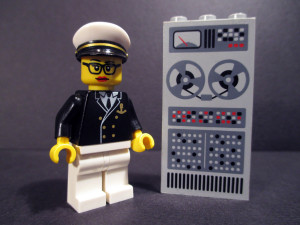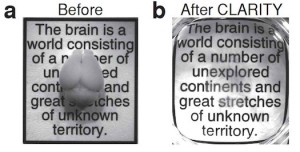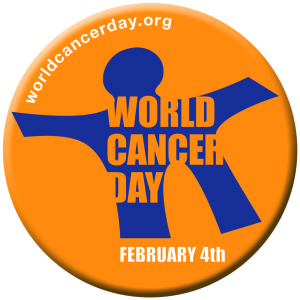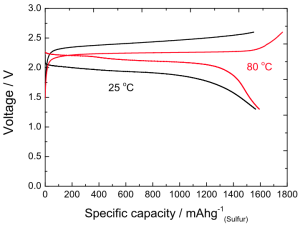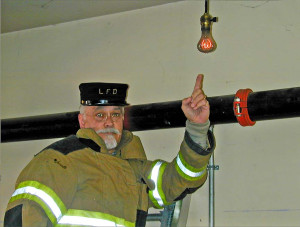Actress, comedian, and author Amy Poehler has put a lot of effort into empowering young girls in science for some time now. Her Smart Girls project took off in 2008, which serves as a place where future women can foster their curiosity and pursue opportunities in STEM. Now Poehler and her Smart Girls group are adding to the women in STEM conversation with their new series, “Experimenting with Megan Amram.”
Amram is a Harvard graduate, author, and comedian. The new web series serves as a perfect platform to continue what she already started in her book Science… for Her!. The parody science text is comedic in nature, but takes a hard look at the gender gap in STEM and offers up some pretty solid science as well.
As an added bonus, you can even get a step-by-step instructions on how to conduct Amram’s experiments.
PS: Head over to the ECS YouTube page to find more educational science videos.


